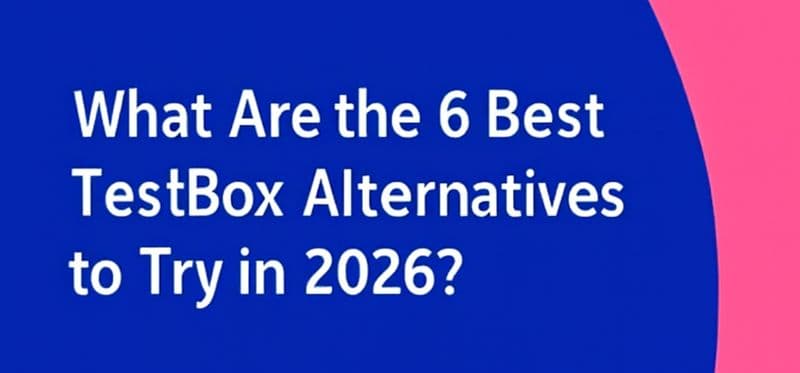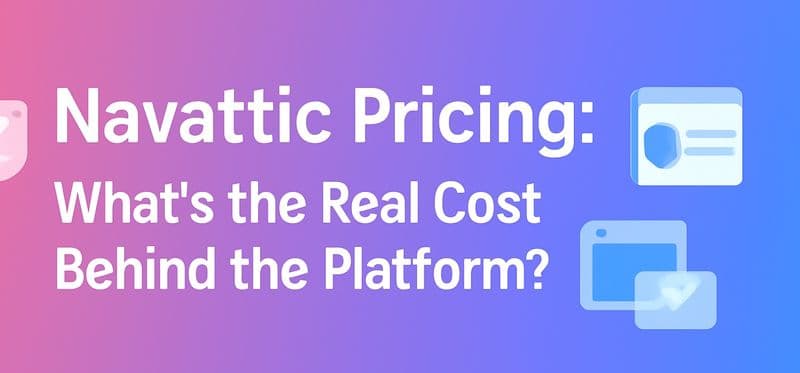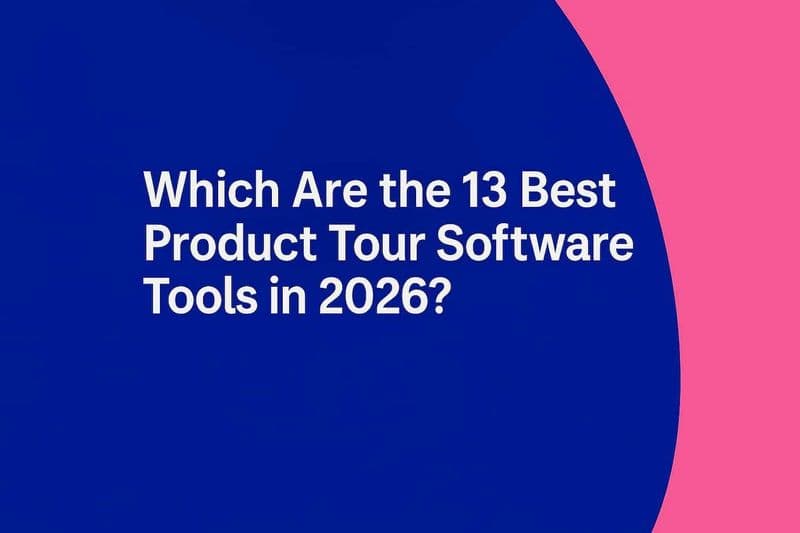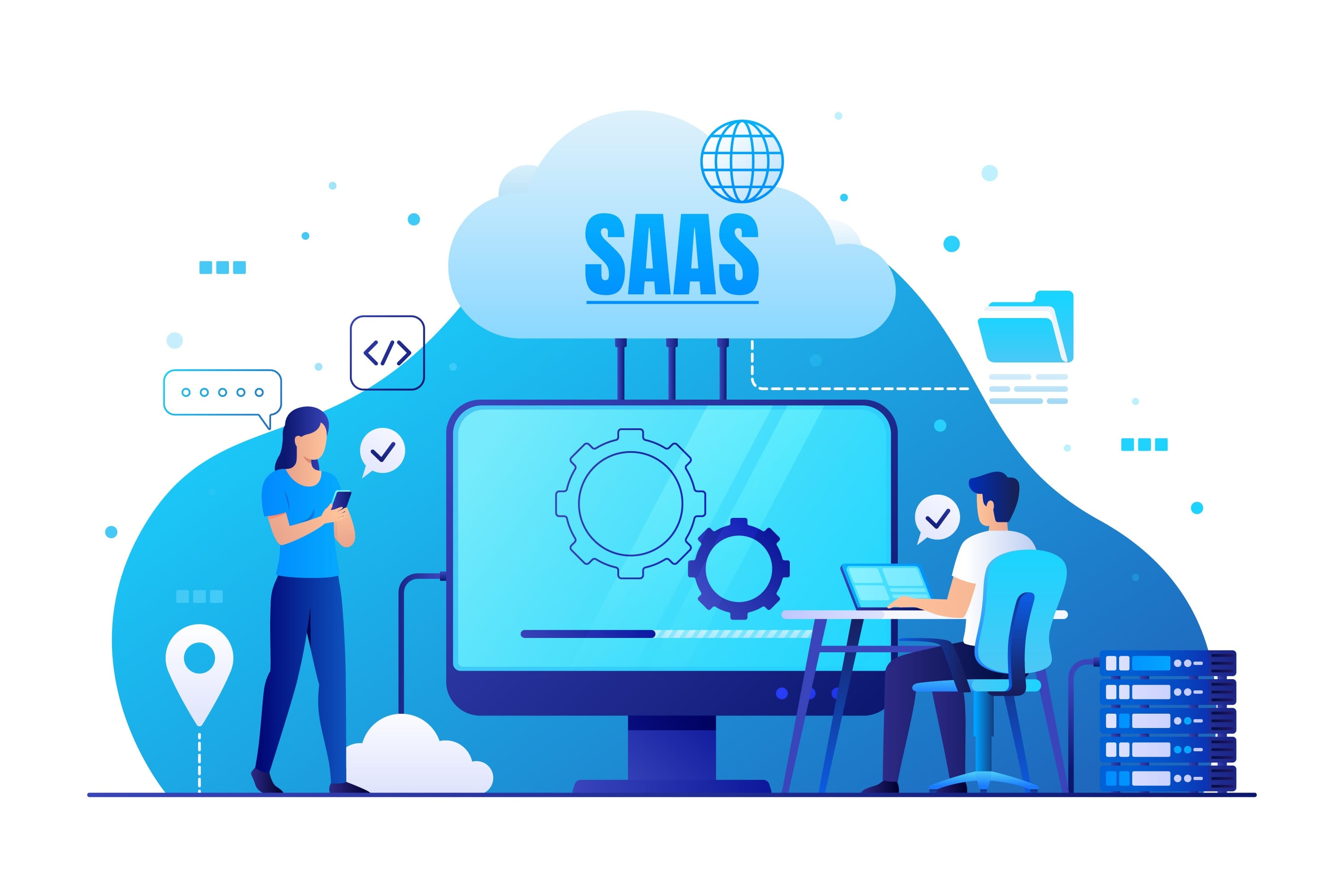
What’s the secret to scaling your SaaS business? It starts with choosing the right subscription model—one that aligns with your product, your customers, and your long-term goals. If you’ve been struggling with high churn, pricing confusion, or plateauing revenue, you’re not alone.
Here’s the thing: There’s no one-size-fits-all solution. What works brilliantly for one SaaS company may fall flat for another. That’s why we’ve put together this guide—to help you cut through the noise and make a strategic decision backed by real data, not just guesswork.
Whether you want to convert more free users, boost customer lifetime value, or scale without hitting roadblocks, we’re walking you through 8 proven SaaS subscription models with real-world examples to help you pick the right fit for your growth journey.
But First: What Are SaaS Subscription Models?
Imagine this: you’ve built a fantastic SaaS product that people love it… But your revenue feels all over the place sometimes spiking, other times dropping sharply, leaving you struggling for stability. Does this sound familiar?
That’s where the right subscription model changes everything.
Instead of chasing one-time sales, you create steady, predictable income, month after month. Your users? They get flexible access, regular updates, and support without downloading anything. Just log in and go.
Whether you’re launching your first product or scaling up, choosing the right SaaS subscription model helps you meet customer needs and fuel growth.
From freemium to pay-as-you-go, each option has its strengths, and knowing which one fits your business could be the turning point.
How SaaS Subscriptions Differ from Traditional Models?
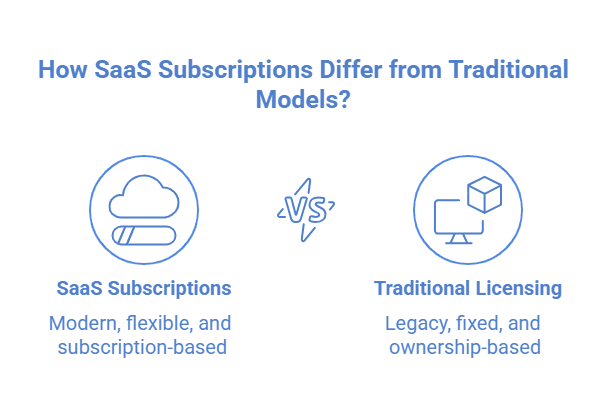
SaaS subscriptions offer a modern, flexible alternative to traditional software licensing and are a method of purchasing software applications. Below, we've compared the two to highlight how SaaS makes it easier for both businesses and users to manage costs, maintenance, and scalability.
Feature | SaaS Subscription | Traditional Software Licensing |
|---|---|---|
Payment Model | Recurring (monthly, yearly, or pay-per-use) | One-time upfront payment |
Installation | No installation required, accessed via web browser | Software installed on a local device |
Updates & Maintenance | Handled by the SaaS provider (automatically updated) | Responsibility of the user for updates and maintenance |
Flexibility | Can adjust plans as needs change | Fixed once purchased |
Customer Support | Full support is included with the subscription | Usually requires separate support plans |
Storage & Compatibility | No need for local storage or device compatibility | Requires storage space and device compatibility |
Cost Management | Pay as you go, low upfront costs | High upfront cost with no flexibility |
Scalability | Easy to scale up or down based on usage | Difficult to scale without purchasing new licenses |
How do subscriptions work with a SaaS model?
SaaS subscriptions simplify software access with regular, hassle-free payments—monthly or yearly—and no big upfront costs. You can start right away and cancel anytime, and automatic renewals are for convenience.
Once subscribed, use the product through your web browser or app, with seamless updates and fixes in the background. Need support? It’s just a chat, email, or call away. There are no tech headaches, just smooth, reliable service.
What is a SaaS subscription billing model?
The subscription billing SaaS model is how SaaS companies charge for their services. It defines the user pricing model and payment schedules. The structure can vary by company, whether it’s a flat rate, tiered pricing, per-user fees, or pay-as-you-go.
This model is flexible to meet diverse customer needs. Tiered pricing allows easy scaling up or down, while hybrid billing mixes models to fit specific requirements. Many businesses prefer yearly plans for steady revenue.
Advanced providers use automated billing systems to keep things smooth. By aligning their pricing with customer preferences, SaaS companies can boost revenue and satisfaction.
8 Types of SaaS Subscription Models
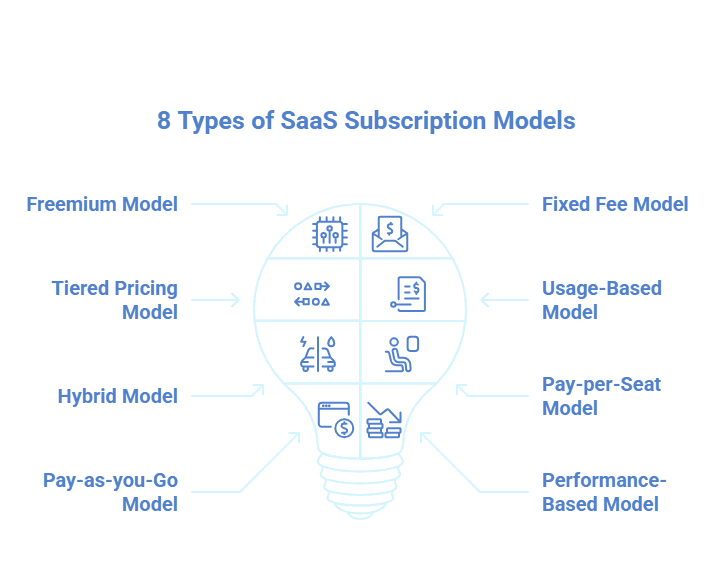
SaaS businesses can use many subscription models to help meet different needs and grow. Let's quickly examine eight different saas subscription model examples.
1. Freemium model
The Freemium Model is a pricing strategy where a basic version of a SaaS product is offered for free, while advanced features or additional usage require a paid subscription. Companies attract a large user base by offering core features for free and keeping premium tools behind a paywall. Users can easily try the service without any barriers, and once hooked, some will pay for more advanced features. It’s an excellent option for businesses looking to scale quickly with minimal upfront costs.
Success with freemium lies in having a huge user base and converting some potential customers to paying customers. While it sounds simple, the model comes with challenges that need careful management.
Why Choose the Freemium Model:
Fast user growth: Free access means rapid user adoption, helping to build a large customer base quickly.
Low acquisition cost: Attracting users for free reduces marketing spend on lead conversion.
High brand visibility: A large, free user base boosts awareness and word-of-mouth marketing.
Limitations
Low conversion rates: Not all free users will upgrade, making it hard to predict revenue.
Ongoing costs: Maintaining free users can be expensive without guaranteed returns.
Uncertain revenue: Revenue depends on how many free users convert, which is unpredictable.
2. Fixed Fee Model
The fixed fee model offers clear, consistent pricing—customers pay the same amount each month, no matter how much they use the service. A great example is Basecamp, which charges a flat $99 per month, regardless of team size. This makes pricing simple for customers and ensures steady revenue for the business.
This model is especially beneficial for small businesses. It provides predictable, stable income, helping with long-term planning. However, one downside is that it limits the ability to scale revenue. Since the price doesn’t change with the number of users or features, businesses can’t increase revenue based on usage or upselling.
Why Choose the Fixed Fee Model:
Steady income: Predictable revenue makes financial planning easier.
Simple for customers: No surprises or complex pricing structures.
Great for small businesses: Helps customers make clear, easy decisions.
Limitations
Limited revenue growth: No way to charge more as customers grow or use more features.
Rigid pricing: Less flexibility compared to other models.
3. Tiered Pricing Model
The tiered pricing model breaks down your service into several levels, each with its own set of features. It’s a flexible approach that allows businesses to cater to a wide range of customers and their specific needs. Every customer, from startups to enterprises, can find a plan that fits their budget and usage needs.
A tiered model can boost customer satisfaction by giving users more control over the features they access and pay for, increasing long-term loyalty.
Why Choose a Tiered Pricing Model:
Scalable options: Meets the needs of a wide range of customers, from small businesses to large enterprises.
Better customer satisfaction: Customers can choose the features that suit them best.
Increases retention: Over time, it can encourage customers to stick around as their needs grow.
Limitations
Customer confusion: Multiple tiers and features can overwhelm potential buyers, leading to decision fatigue and higher churn.
Complex to manage: Setting up and balancing different pricing tiers can be tricky, especially for smaller businesses.
Possible cash flow issues: Smaller companies may struggle with the complexity of managing multiple pricing tiers.
4. Usage-Based Model
In a usage-based pricing model, customers pay based on how much they use the service. This flexible option works well for businesses with varying needs. However, unpredictable pricing can lead to customer uncertainty.
Clear communication about pricing tiers and usage expectations helps prevent frustration and builds trust.
Why Choose the Usage-Based Model:
Flexibility: Suited for businesses with fluctuating usage.
Scalable for startups: Low upfront costs for small businesses.
Revenue tied to usage: Aligns pricing with customer needs.
Limitations
Unpredictable costs: Can lead to dissatisfaction due to varying bills.
Customer confusion: Requires transparency to avoid frustration.
5. Hybrid Model
The hybrid model combines two models together, i.e; tiered with fixed fees. This flexible structure offers stability from fixed payments while scaling with customer usage.
It’s ideal for businesses that balance steady revenue with customer flexibility.
Why Choose a Hybrid Model:
Best of both worlds: Steady income plus growth potential.
Scalable for businesses: Fits various customer needs.
Increases satisfaction: Adapts as customers grow.
Limitations
Complexity: Can confuse customers if not clearly explained.
Value perception: Misalignment between cost and value may cause churn.
Balancing simplicity and profitability: Needs careful setup to avoid confusion.
6. Pay-per-Seat Model
In the pay-per-seat model, customers pay based on the number of service users. This model works well for businesses with fluctuating team sizes and is similar to customer support software pricing models. For example, Microsoft 365 charges a fixed price per user, making it easy for businesses to scale their subscription as their team size changes.
However, adding more users can rapidly increase costs, potentially straining cash flow. Companies must keep user growth in check to avoid unexpected spikes in expenses.
Why Choose a Pay-per-Seat Model:
Scalable: Costs grow with team size, offering flexibility.
Predictable: Easy to budget with fixed user fees.
Simple pricing: Straightforward for businesses with fluctuating team sizes.
Limitations
Increased costs with more users: Larger teams lead to higher expenses.
Cash flow issues: Rapid growth can hurt profitability.
7. Pay-as-you-Go Model
The pay-as-you-go model charges customers based on actual usage. This is ideal for companies with varying service needs, like Amazon Web Services (AWS), where you pay only for the resources you use. It allows for flexibility, as costs match consumption and customers have no long-term commitment.
However, unpredictable costs can be frustrating, especially if usage spikes unexpectedly. Providers need to communicate usage and pricing clearly to avoid confusion.
Why Choose Pay-as-you-Go Model:
Flexible pricing: Costs scale with usage, improving cash flow.
Low upfront costs: Ideal for businesses wanting to try without commitment.
Attractive for startups: Removes financial barriers for new customers.
Limitations
Unpredictable costs: Hard for customers to forecast spending.
Revenue uncertainty: Cash flow can vary based on usage.
8. Performance-Based Model
In the performance-based pricing model, customers pay based on their results. For example, HubSpot’s performance-based tools let customers pay for features directly, driving their marketing success. This model aligns pricing with outcomes, boosting customer satisfaction and loyalty.
However, measuring results accurately can be challenging, requiring a strong data infrastructure and clear metrics communication.
Why Choose Perfomance-Based Model:
Aligns with customer value: Customers pay for tangible results.
Builds loyalty: Customers stay longer when they see real benefits.
Flexible: Can be adapted to various customer needs.
Limitations
Requires strong data tracking: Accurate performance measurement is key.
Difficult to implement: Setting the right metrics can be complex.
How to Choose the Best SaaS Pricing Model?
Choosing the right SaaS pricing model isn’t just about numbers—it’s about knowing your business and customers. Here’s how to pick the best one:
Know Your Market: Who are your customers? Startups or large enterprises? Tailor your pricing to what fits their budgets and needs.
Understand Customer Needs: Are they looking for basic features or advanced tools? Models like freemium or tiered pricing give flexibility to serve a wide range of customers.
Spy on Competitors: What’s the competition doing? Learn from their pricing strategies or find ways to stand out.
Evaluate Product Value: Does your product solve a significant pain point? If yes, you can justify a premium pricing model.
Set Clear Revenue Goals: Do you want steady income or a scalable model? Your revenue targets will guide the right pricing choice.
Factor in Customer Lifetime Value: Choose a model that encourages long-term loyalty and maximizes customer value.
The right pricing model aligns with your growth goals, delivers value, and keeps customers happy.
Looking for a flexible, scalable pricing model that grows with your business? Look no further than SmartCue. With its tiered fixed fee structure, SmartCue lets you pick the plan that fits your needs and evolve as your business scales, keeping things simple and predictable.
Final Thoughts: Aligning Your Pricing Strategy with Growth
Choosing the right pricing model isn’t just a financial decision—it’s the foundation of your SaaS business’s growth. Whether it’s tiered pricing, usage-based, or a hybrid approach, each model has the power to unlock different opportunities for customer acquisition and satisfaction.
To make it work, you must deeply understand your target market’s needs and expectations. This insight, paired with a focus on the user experience, can significantly boost customer lifetime value and reduce churn. But remember, the key is aligning your pricing with what makes your SaaS product unique.
When your pricing reflects your product’s value, you’ll attract more customers and keep them engaged for the long haul, building a sustainable, profitable business.
Frequently Asked Questions
What is the best SaaS subscription model for startups?
The best subscription model for a startup will depend on who their customers are and how they want to grow. Many new companies use tiered pricing, which helps the business scale at different price points. Some also try usage-based plans, which give more flexibility. This lets you match your SaaS subscription costs to what your customers need, and it can help you make the most money as your business grows.
How do I switch from one model to another?
To make a switch between SaaS subscription pricing models, start by looking at how your current pricing model is working and what users say about it. Make a simple plan for the change. Think about how this new SaaS pricing will affect people who use your service. Share the updates clearly to prevent anyone from getting confused and help make the switch easy for all your users.
What are the common challenges in SaaS subscription models?
Common problems in SaaS subscription models are people leaving the service, trouble with prices, and trying to offer good value for the cost. It can also be hard to ensure that new users learn how to use the service and get the help they need. On top of that, it's not easy to keep up with market shifts and still make money and stay ahead in a busy SaaS subscription field.
How can I measure the success of my subscription model?
Look at some main numbers to see how well your subscription model is doing. These include Monthly Recurring Revenue (MRR), customer lifetime value, churn rate, and acquisition cost. If you track these, you can find out how much money you get, how long people stay, and what it takes to get new customers. This will help you know if you are making a profit and where to improve things.
What is a subscription-based business model?
A subscription-based business model lets people pay a regular fee to use a product or service constantly. This way of doing business helps each customer stay loyal. It also gives the company income that it can count on. Because of this, the business can plan to grow over the years. In the end, using this kind of model can help improve the customer experience and satisfaction.
